Report this entry
More from the same community-collection
Interior of Nuestra Senora de Guadalupe Mission Church
This photograph is taken from a souvenir booklet published by ...
Fungi Mungle Performing at McKelligon Canyon
The El Paso-based band Fungi Mungle plays Disco, Funk, Pop, Rock ...
Fungi Mungle Performing at McKelligon Canyon
The El Paso-based band Fungi Mungle plays Disco, Funk, Pop, Rock ...
Fungi Mungle Performing at McKelligon Canyon
The El Paso-based band Fungi Mungle plays Disco, Funk, Pop, Rock ...
Flowers on Butterfield Trail Golf Club
The picture was taken at Butterfield Trail Golf Course. The ...
Fungi Mungle Performing at McKelligon Canyon
The El Paso-based band Fungi Mungle plays Disco, Funk, Pop, Rock ...
Fungi Mungle Performing at McKelligon Canyon
The El Paso-based band Fungi Mungle plays Disco, Funk, Pop, Rock ...

















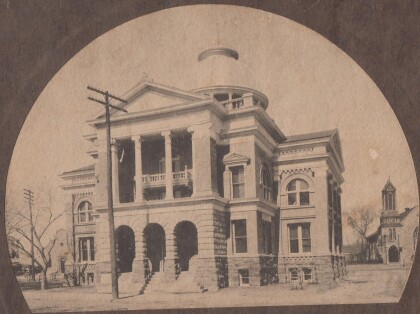
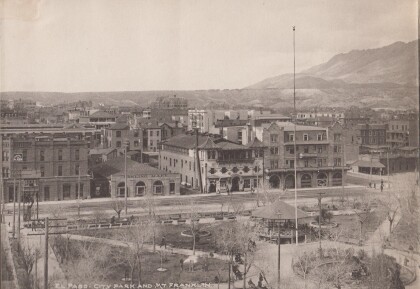
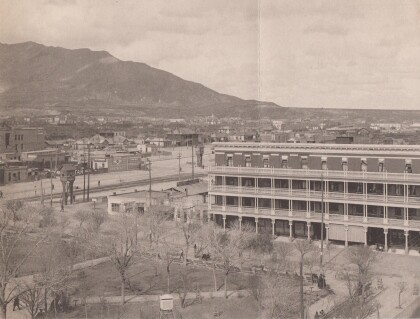
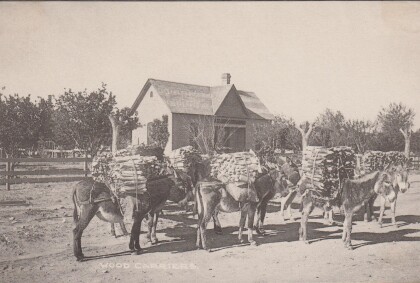
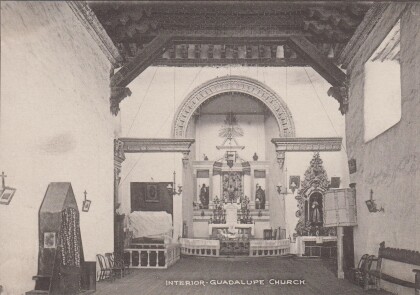
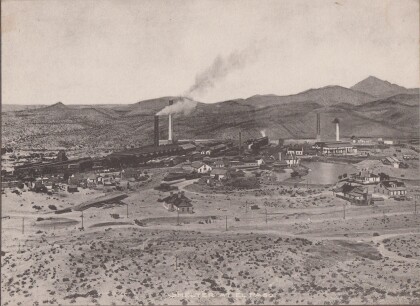

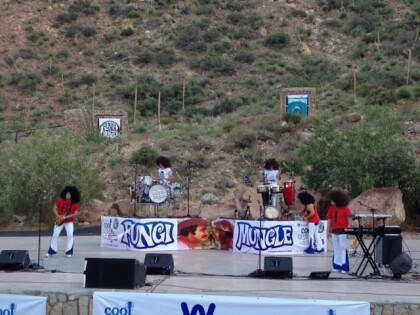
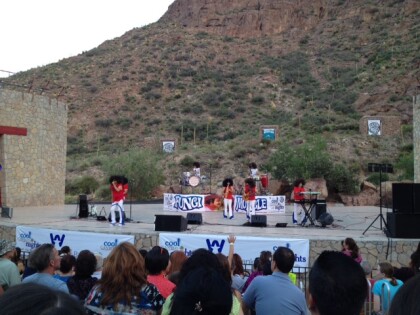
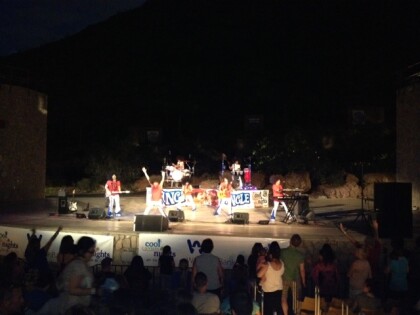


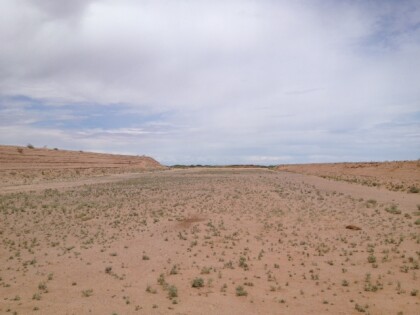
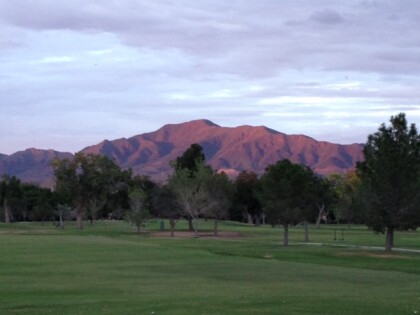
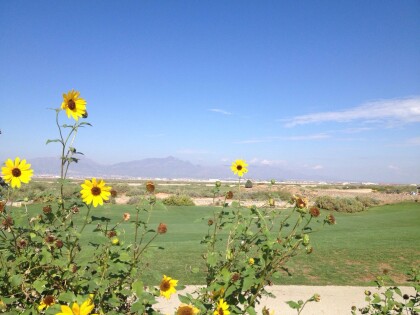
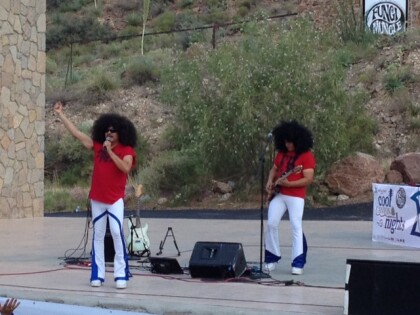
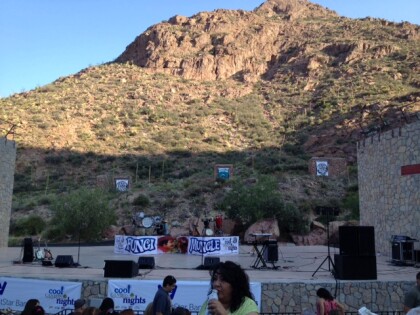

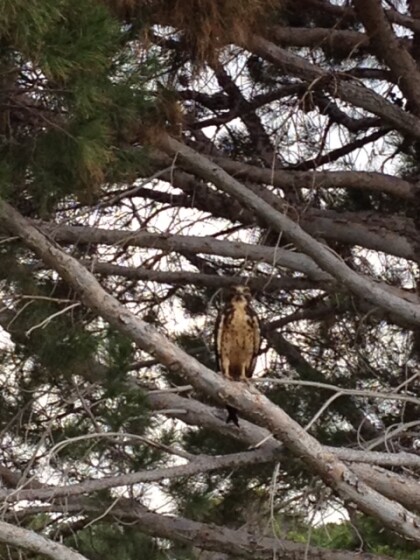
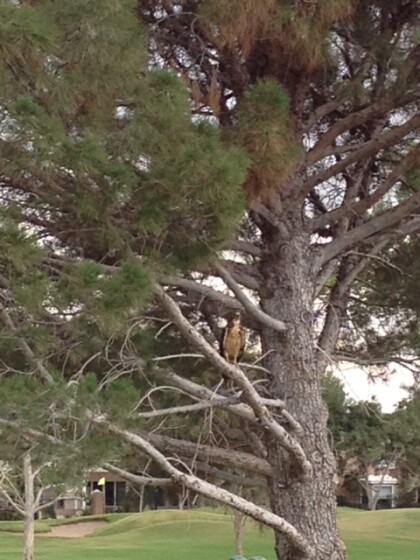
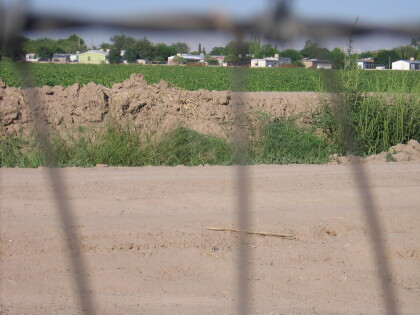
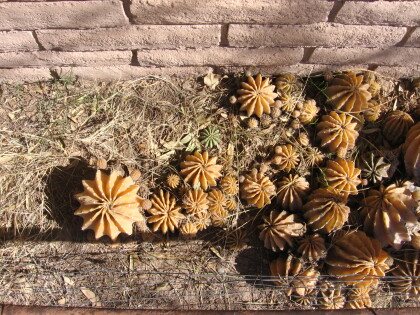
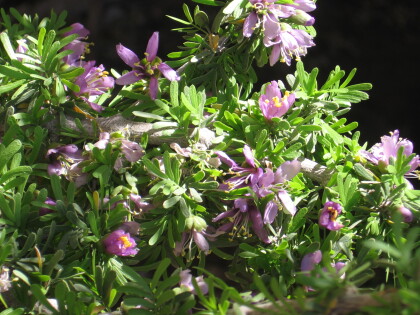
Comments
Add a comment